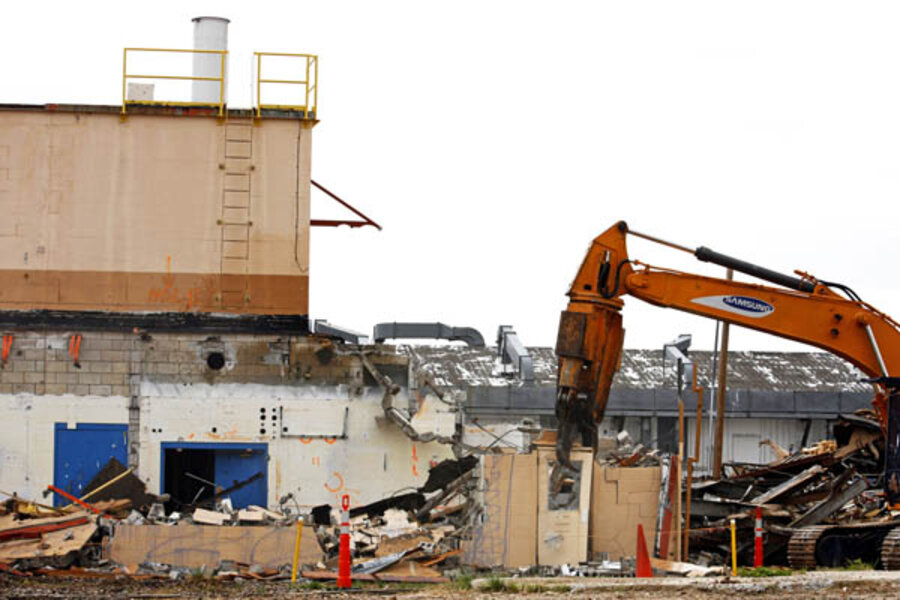Is bigger, better stimulus the answer to a sustainable recovery?
Loading...
More than thirty-five years have passed since Friedrich Hayek said in his Nobel speech, “The Pretence of Knowledge” (1974):
“The theory which has been guiding monetary and financial policy during the last thirty years… consists in the assertion that there exists a simple positive correlation between total employment and the size of the aggregate demand for goods and services; it leads to the belief that we can permanently assure full employment by maintaining total money expenditure at an appropriate level.”
Paul Krugman, Brad DeLong and others are now calling for bigger and better stimulus in the hopes of decreasing unemployment more rapidly. Most of this is wishful thinking or, should I say, value-signaling. If you care about the poor and middle class, if you realize the irreparable harm that long periods (months, years?) of unemployment may cause, if you recognize the many unmet public sector needs we have, you would doubtless advocate more fiscal stimulus. In an equation: Good Person = Advocate of More Fiscal Stimulus.
How tiresome all this is. The political-power aggrandizement crowd meets the special interests, the economically ignorant, and the naïve value-signalers to concoct more spending schemes. Oh yes, let’s also throw in well-meaning but wrong economists.
Let us take this opportunity to think more carefully about the idea of fiscal stimulus and its connection to reducing cyclical unemployment. The argument seems to rest on a kind of “jump start” phenomenon. Spend money and recipients will spend, and the multiplier takes over. Aggregate income will rise and jobs will materialize.
There are many objections to this simple perspective that modern economists (and classical ones) have advanced. There is no need to review those in any detail here. However, they include such factors as: offsetting reductions in spending as people save more in anticipation of tax increases, decreases in future growth because of higher interest rates later, and inflation that cancels any increase in real aggregate demand. (For a new-Keynesian view of the limits of fiscal stimulus including immediate crowding out of private spending, see here.)
The argument that Hayek made in his Nobel speech severs the connection between aggregate demand and employment. While it is no doubt true that specific demands will affect employment in specific industries or sectors, it does not follow that “demand in general” is relevant outside a deflationary context.
The key issue is the sustainability of demands. Suppose the government spends more on construction projects. It must bid those resources away from other industries and out of “idleness” (which can mean search activity oriented to finding otherwise-sustainable employment). What will be the result for employment of labor?
It makes little sense for suppliers and other industries affected by the increase in construction spending to increase hiring significantly if they do not believe that the particular spending patterns they observe are sustainable or if they have doubts about their sustainability. Firms will increase output mainly by utilizing existing inputs more intensively or by temporarily hiring more labor.
Recent employment figures lend support to this view. Employment increases have been restricted largely to the government sector or the construction industry which has been temporarily stimulated by a combination of monetary and tax-credit policy. This is not the jump start of Keynesian theory.
Continued fiscal stimulus along the same lines – say, more infrastructure construction spending – in order to produce a semblance of sustainability cannot be continued indefinitely. Deficits will continue and the cumulative debt will rise. If policy is averse to real interest-rate rises, monetization of the debt becomes the likely scenario. However, these low interest rates would ensure that the misallocations of resources and excessive risk-taking that caused our problems will not be corrected.
Add/view comments on this post.
------------------------------
The Christian Science Monitor has assembled a diverse group of the best economy-related bloggers out there. Our guest bloggers are not employed or directed by the Monitor and the views expressed are the bloggers' own, as is responsibility for the content of their blogs. To contact us about a blogger, click here. To add or view a comment on a guest blog, please go to the blogger's own site by clicking on the link above.





